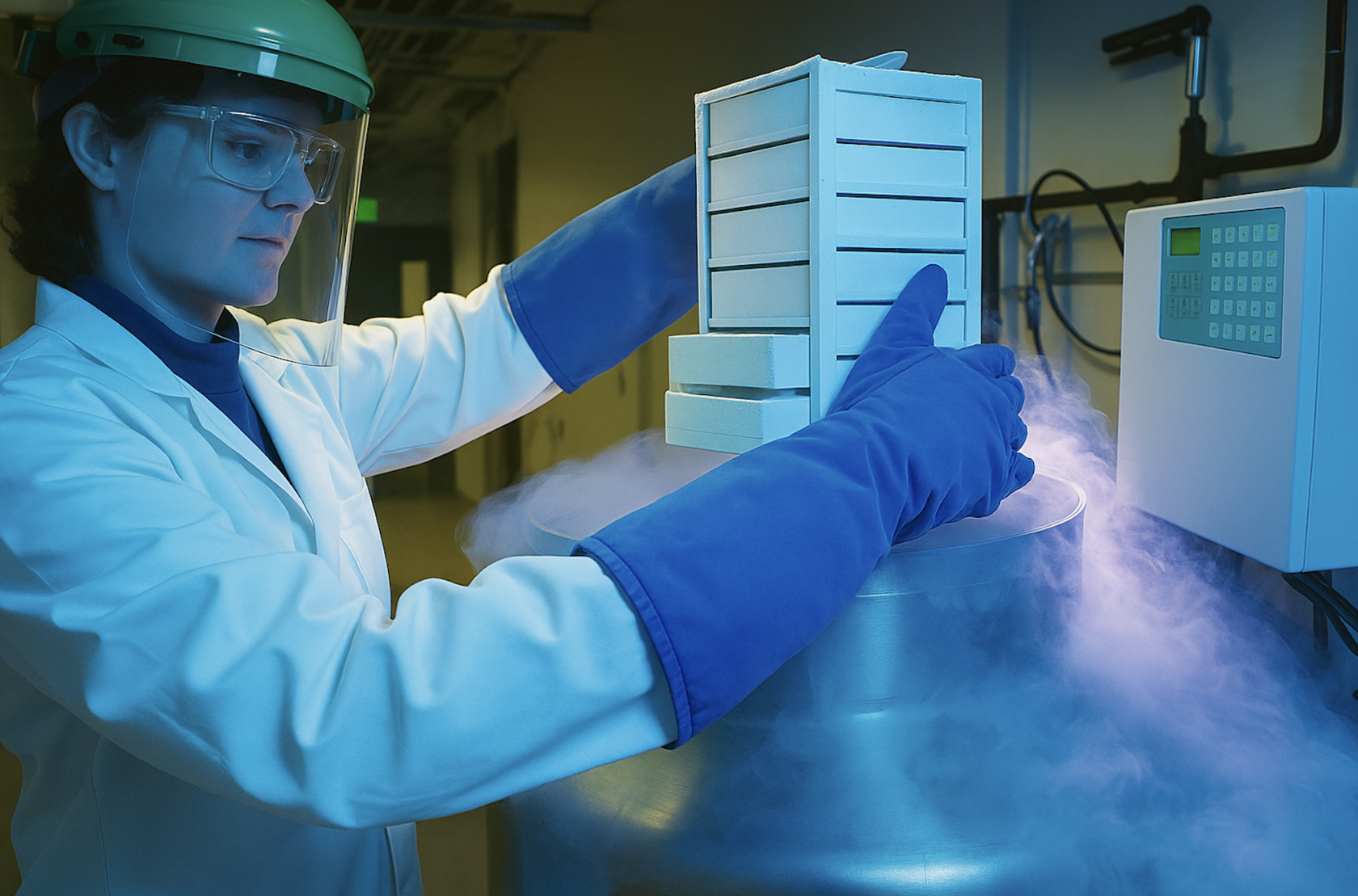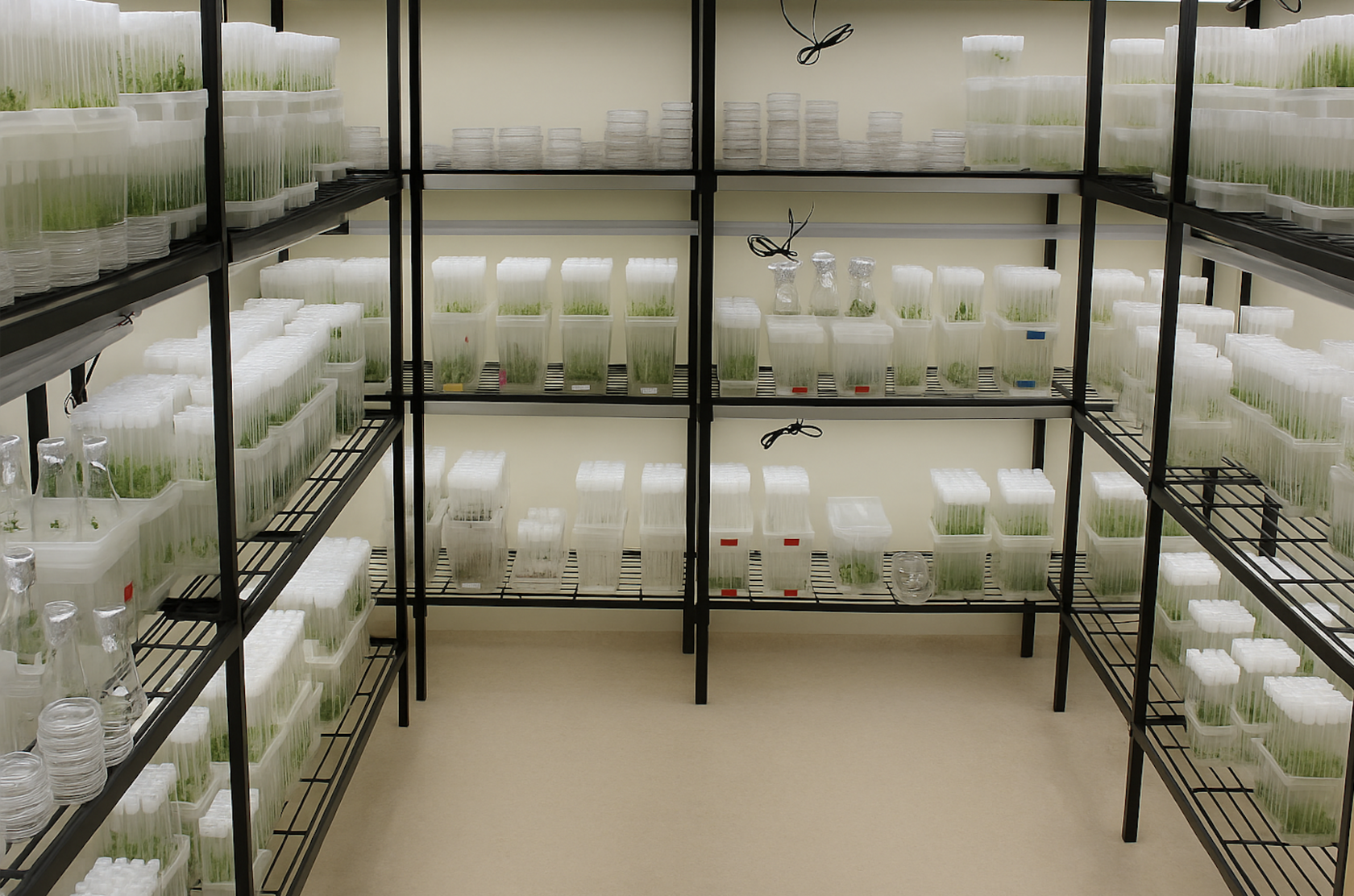As the global population rises and climate change intensifies, the world faces an urgent challenge: how to feed billions while preserving ecosystems and ensuring long-term sustainability. Agricultural innovation is no longer optional—it’s essential. Biobanks have emerged as silent heroes in this landscape, storing the genetic material that can help crops adapt to drought, resist disease, and thrive in changing environments.
The key to future food security lies in preserving the past. By storing and cultivating a wide variety of plant and animal genetics, we are building a bridge between today’s biodiversity and tomorrow’s agricultural resilience.
The Agricultural Role of Biobanking
Biobanks originally gained attention for their applications in medicine and conservation—but their influence on agriculture is equally profound. Here’s how:
- Preserving Heirloom and Wild Crop Varieties: Many traditional plant strains offer traits like pest resistance, nutritional richness, or drought tolerance. Biobanks help secure these genes before they vanish due to monoculture practices.
- Safeguarding Livestock Genetics: Cryopreservation of semen, embryos, and tissues ensures the survival of rare or heritage breeds with valuable traits.
- Supporting Plant Breeding Programs: Genetic diversity is the foundation of effective breeding. Access to stored samples accelerates hybrid development and adaptive traits.
- Combating Emerging Plant Diseases: Having access to diverse genetic material allows scientists to identify and introduce resistance genes rapidly.
Advanced Techniques for Agricultural Biobanking

Seed Cryopreservation and Vitrification
Most agricultural biobanks focus on seed preservation, using cold storage (−18 °C to −196 °C) to halt metabolic activity and keep seeds viable for decades. Vitrification allows for long-term preservation of delicate tissues, including pollen and embryos.
Tissue Culture and Clonal Propagation
Vegetative propagation (via meristematic tissue culture) is essential for preserving plants that don’t produce viable seeds—like bananas, potatoes, or certain medicinal herbs. These samples are grown in sterile labs and stored under controlled conditions.
Genomic Characterization and Digital Storage
At Skytyx, we combine physical storage with genomic sequencing. This ensures that even if a sample deteriorates, its genetic blueprint is preserved digitally for synthetic reconstruction or CRISPR-based engineering.
Case Studies: Biobanking in Action
Climate-Resilient Crops
Skytyx has partnered with research institutes to bank drought-resistant sorghum and heat-tolerant wheat varieties. These strains are already being used in pilot projects across arid regions in Sub-Saharan Africa and Central Asia.
Reviving Near-Extinct Varieties
In 2024, our bank successfully propagated a rare landrace of Armenian apricot—long thought lost—from cryopreserved tissue, now being reintroduced into its native range.
Biosecurity and Disease Response
During a recent outbreak of wheat blast in South America, our genomic database was used to identify potential resistance alleles in stored varieties, aiding containment and recovery.
Opportunities and Ethical Considerations
Food Sovereignty and Access
Biobanking raises critical questions: who owns stored genetic material, and who benefits from its use? Skytyx is committed to equitable partnerships with farming communities and indigenous seed stewards.
Open Science vs. Proprietary Control
With growing corporate interest in patented genes, transparency is key. Our biobank operates under international access and benefit-sharing guidelines (e.g. the Nagoya Protocol).
Sustainability of Operations
Long-term seed preservation is energy-intensive. That’s why Skytyx is investing in hybrid solar-powered cryostorage systems and low-energy desiccation methods for orthodox seeds.
The Road Ahead: Integrating AI, Robotics, and Field Deployment
- AI-Driven Phenotyping: Machine learning helps identify which traits matter most for climate adaptation—and matches them to preserved genetic material.
- Automated Sorting and Retrieval: Robotics improve accuracy and efficiency in managing large seed libraries.
- Field-Deployable Biobank Units: Skytyx is developing mobile cryopreservation systems for use in remote agricultural regions—helping communities bank their own biodiversity on-site.
Feeding the Future, One Genome at a Time
Biobanks are more than scientific archives—they are active agents of innovation and resilience. At Skytyx, our mission is to ensure that no valuable gene is lost to time, industrial farming, or environmental change. By preserving the genetic building blocks of agriculture, we’re helping the world prepare for whatever comes next—whether it’s a drought, a disease outbreak, or a hunger crisis.
